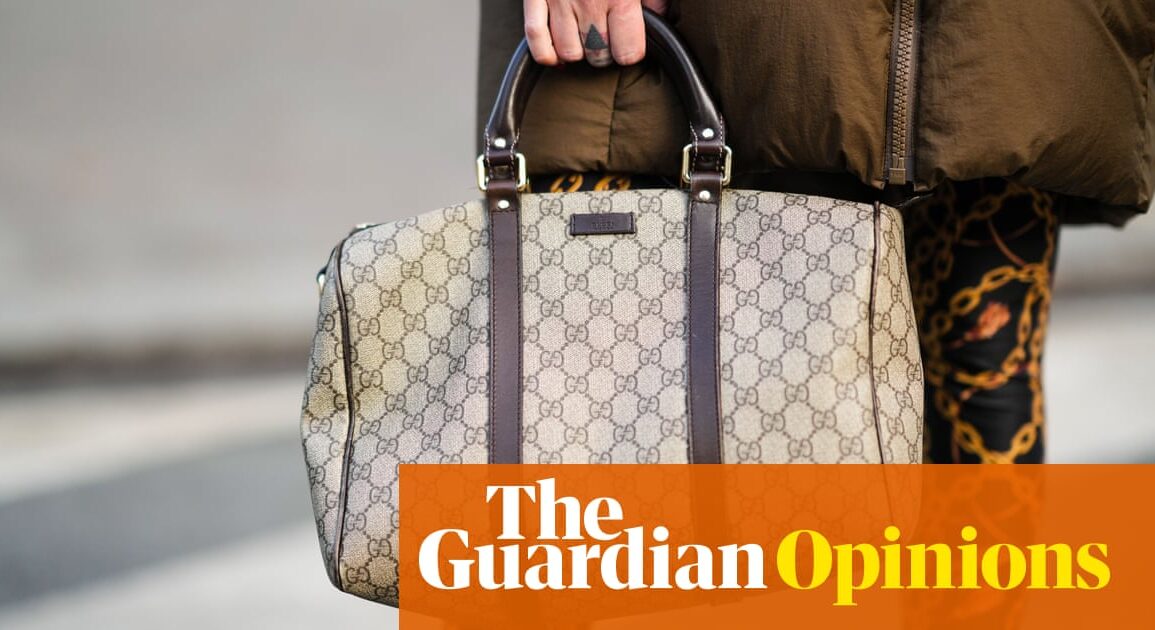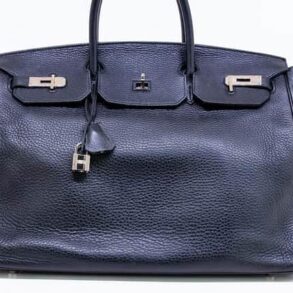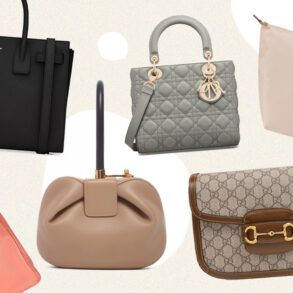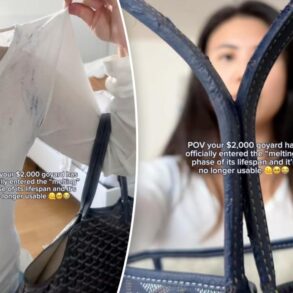
How do you invest in the AI revolution? What’s the best way to ride a technological revolution that, the promoters say, will be as transformative as anything we’ve seen yet in the digital age? Here’s a counterintuitive idea, courtesy of Dhaval Joshi, chief strategist at BCA Research: puffed-up AI stocks themselves may not be the best bet; luxury goods companies, specifically French ones, could be.
Joshi observes that, while you would have done very well by owning a portfolio of US tech stocks since the mid-1990s, “the pre-eminent growth sector” has been French luxury stocks. You can see what he means in the first chart, showing total investment returns. The line that includes the likes of Amazon, Apple, Google et al has been beaten consistently by the one that has been boosted by the stellar stock market performances of the likes of LVMH, Hermès, Christian Dior and the Gucci owner Kering – four of the largest companies on the Paris exchange.
“On most time horizons, French luxuries have trumped US technology on profit growth, price performance and total return performance,” he says. It doesn’t matter if one’s starting point is the infancy of the internet revolution, the birth of social media or even the post-pandemic economic bounce. The outperformance has persisted.
Why might that be? Joshi points to the second chart: the luxury companies’ ability to increase prices, which has been unaltered by factors such as the cost of living crisis. One line shows the rate of general inflation. The other shows the “cost of living extremely well” index, as compiled for the past 40 years by Forbes magazine. It is essentially a billionaire’s basket of goods: last time it included a Rolls-Royce Phantom, a $2,800 Gucci dress and a $10,000 Chanel handbag. Again, one line consistently outpaces the other.
Luxury goods companies, in other words, have been the beneficiaries of massive – and widening – disparities in global wealth. There’s nothing new in that thought, but the mechanics of the pricing power are subtle. As Joshi argues, higher prices actually increase a luxury product’s cachet, so the companies become less reliant on selling greater volumes. And, critically, it’s hard for newcomers to enter the exclusivity race since brand prestige is deemed to build up over decades; so a “moat” is built around profitability.
The AI angle here is twofold. First, is the tech companies’ own moat – the network effect that creates their winner-takes-all business models – as robust as luxury firms’? Probably not, says Joshi. Generative AI looks to have fewer network features so the tech giants may be slightly less safe in their current laxly regulated oligopolies.
Second, the current investment worry about luxury goods firms, which has caused a small wobble in valuations, concerns the slowdown in growth in China. That factor was evident in LVMH’s third-quarter numbers on Tuesday, which showed sales up only 9% versus 17% in the two previous quarters. But it may not be the biggest worry. The real risk for the luxury firms, argues Joshi, is that the rise of the super-wealthy comes to an end, which, sadly for the rest of us, feels unlikely. “If anything, the coming disruption from generative AI will boost super-wealth – by hollowing out middle-income jobs while enhancing the positions of the superstars,” he says.
after newsletter promotion
That is a depressing conclusion, of course. But, given the choice of owning one of two similarly highly rated sectors for the long term, which would you pick? On the evidence of the past two decades, Joshi’s view that “the best investment play on generative AI might be French luxuries” has a certain logic to it.
This post was originally published on this site be sure to check out more of their content.









